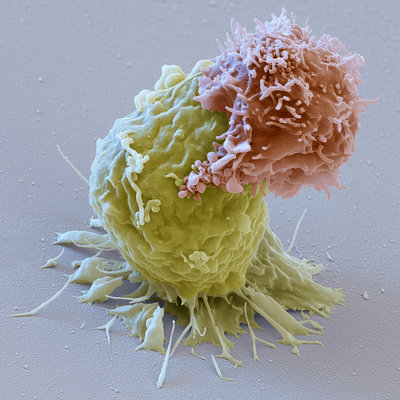The human genome is affected by both environmental and genetic factors. By 2004, the human genome was sequenced. It consists of three billion base pairs. Humans seem to have 99.5% of their genome the same as everyone else. The .5% of the genome that is variable leads to variations in height, eye color, skin color, intelligence, drug metabolism, and susceptibility to disease. Monogeneic diseases are caused by the mutation of one gene. There exist 6,000 monogeneic disorders. Sickle Cell Anemia and Cystic Fibrosis are monogeneic disorders.
The most common genetic differences are Single Nucleotide Polymorphisms (SNP’s). In SNP’s, one base pair in every 300 base pairs may be different. Some SNP patterns reflect coronary artery disease. CNVs (Copy Number Variances) can include deletion or duplication of entire genes, or sets of genes.
New Born screening is a type of diagnostic test. Clinicians may test for Huntington’s disease and the genetic disposition that leads to that disease. Only two percent of the human genome codes for protein. So, most of the DNA in the genome doesn’t code for protein. Some of the human genome has a regulatory function; and much of the genome is repetitive.
Family members of patients affected with certain genetic diseases may also be at risk. An association has been found between the Apdipoprotein E genotype and Alzheimer’s Disease. If an individual has a certain variance of the APOE e4 allele, the individual has a high chance of getting Alzheimer’s Disease.













































